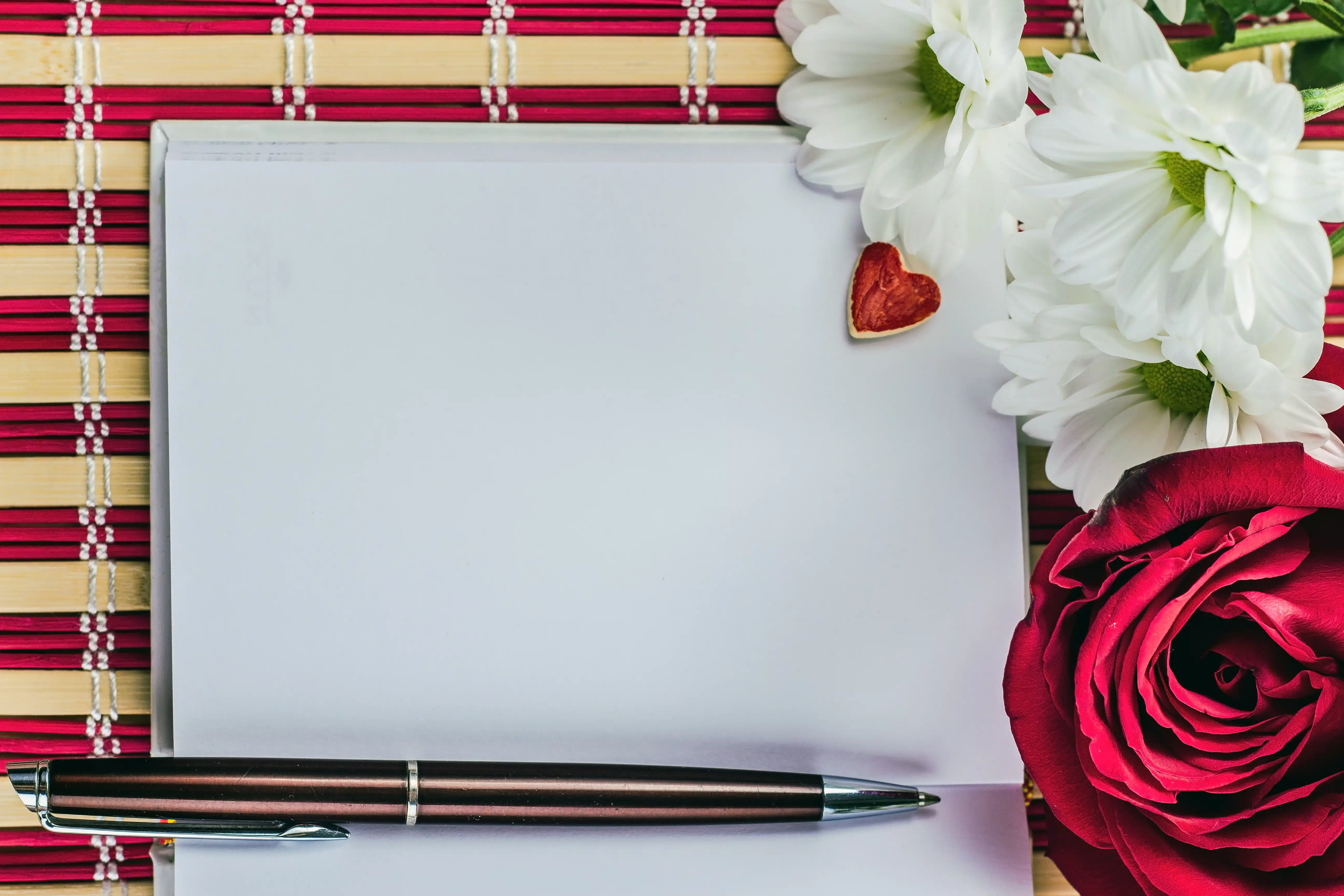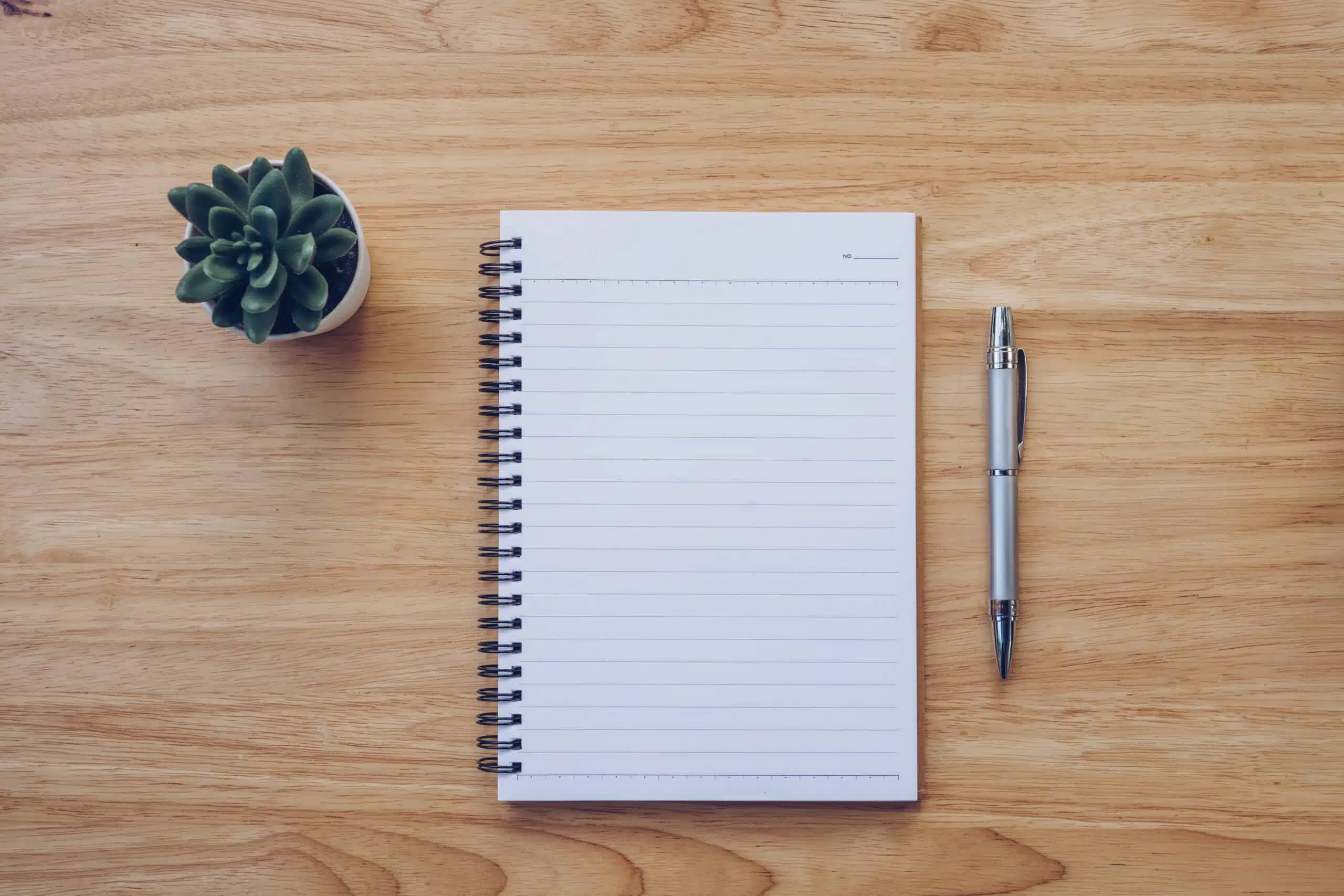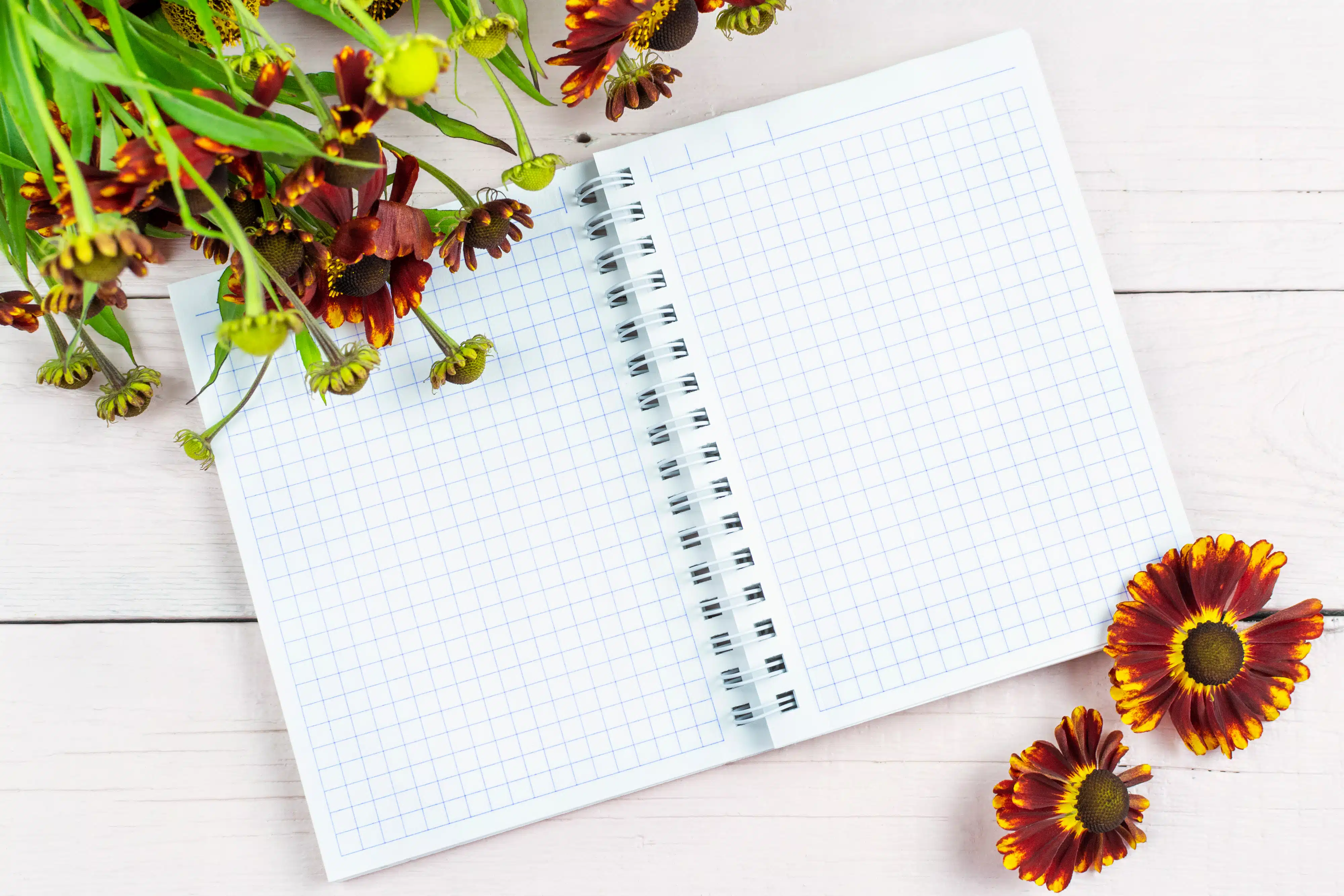Here’s what the Dada poetry form is:
Dada poetry is not one strict term, but rather any poetry produced as part of or in mimicry of the Dada movement (aka Dadaism).
These poems are usually made utilizing random chance, such as pulling words out of a sack, tossing a random assortment of newspaper clippings onto a table, etc.
So if you want to learn all about the Dada poetry type, then you’ve come to the right place.
Keep reading!
- Erasure Poetry Form: Embody Art in Absence
- Blackout Poetry Form: Illuminate With Shadows
- Cut-Up Poetry Form: Puzzle Your Emotions
- Chance Operations Poetry Form: Etch Fate’s Lines

Types of Poetry: Dada Poetry

Dada poetry is a poetic form that follows the traditions of the Dadaist movement, though modern Dadaist poetry has moved away from the original purpose of the movement as an anti-war statement.
Dadaism was an artistic movement that cropped up around World War I as a rejection of the elitism, industrialism, and patriotism that Dadaists felt was responsible for the war.
The original Dadaists had a rather nihilistic motivation behind their work, presenting intentionally non-artistic pieces because they blamed the flaws in human logic and reasoning for the chaos of war.
Funnily enough, Dadaism was intended to be a political statement more than an art movement and its founders did not necessarily see what they were doing as art.
Nonetheless, the sentiment was felt deeply enough that the movement ended up spreading across borders and becoming an international phenomenon.
Dadaist poems were specifically designed to be chaotic and absurd, often generated by primitive chance operations instead of by carefully choosing words.
Their purpose was to be purposeless, to bring attention to how flawed human reasoning is.
Basic Properties of Dada Poetry

| Rhyme Structure | None |
| Meter | None |
| Origin | Circa World War I, international |
| Popularity | Was mainly popular during World War I as a political statement by artists, quickly faded into other movements afterward |
| Theme | None (Intentionally meaningless) |
How Is Dada Poetry Made?

Dadaist poetry in the modern sense usually refers to variations of cut-up poems and poems produced using chance operations.
On the other hand, Dadaist poems can be produced manually as long as they have an intentional air of absurdity.
The original ideas were much broader in scope and extended to any art purposely intended to be incomprehensible and ridiculous.
One example would be a poetry reading in which multiple poets read different poems over each other out loud simultaneously so that the words become a chaotic mix of all the poems being read.
The most popular form of Dadaist poetry would be their take on the cut-up poem.
While a proper cut-up poem chooses its clippings or excerpts carefully and intentionally combines them in some meaningful order, Dadaism makes no meaningful attempt at the structure.
Instead, the clippings may be pulled out of a hat or bag to decide the order, ultimately creating a jumble of phrases with no inherent meaning.
Chance operations, in general, could be considered an extension of Dadaist poetry.
Chance operations are features through which randomness is applied, in this case to poetry.

These can include web-based random generators for words or phrases, rolling dice to determine line orders, the aforementioned chaotic cut-up method, etc.
The easiest way to imagine a Dadaist poem might be to simply imagine an ad-lib in which every word is chosen at random instead of just a handful of words.
The result may not look even remotely logical and will almost certainly not be grammatically correct, but that matches the intent of Dadaism perfectly.
Importantly, Dadaist poetry has no predefined structure of any kind.
A poem that has meter, a rhyme scheme, or other traditional features of the structure is inherently not a Dadaist poem, at least by the traditional definition.
Modern Dadaist poetry has shifted slightly and is now closer in nature to absurdism.
Instead of being nihilistic and meaningless, modern Dadaism is often characterized as fun and spontaneous.
A poem in which the poem was written carefully might still qualify as Dadaism if it was written through a method that mimics meaninglessness.
Example of a Dada

hospitality burrito
gear shift, minister discreet
herd; aquarium complication reduction grass
sentiment pigeon smooth! bride
The above poem is one example of a Dadaist poem.
There are infinite ways to create a Dadaist poem since the techniques and principles of the movement were never homogenous, to begin with.
But this one plays around mostly with chance operations.
First, a six-sided die was rolled to determine the number of lines for the poem. The result was 3.
The die was then re-rolled to choose a number of words for the title and each line.
The results were 2, 4, 5, 4, resulting in the ‘structure’ of the poem.
A random word generator was utilized to ‘choose’ the words.
The only rule established was that all words in the body of the poem must be less than 5 syllables.
Other than that, whatever was generated was used, regardless of the preceding words.
As for the punctuation, it was arbitrarily placed without reading the poem.
There’s no particular reason that the comma, semicolon, and exclamation point were chosen.
The end result is a jumble of words that inherently doesn’t actually mean anything on their own.
Just for fun, try to give the poem meaning in your head.
Despite the words being chosen at random, a human brain will naturally be able to extract a purposefulness that objectively shouldn’t exist.
That in and of itself is a core message of Dadaism.
History of Dadaism

Dadaism’s key figures include Hugo Ball, Jean Arp, Marcel Duchamp, Max Ernst, Richard Huelsenbeck, Hans Richter, and many others.
The movement had branches everywhere from Japan to Berlin to New York and took on a variety of forms as wide and varied as the number of artists who ultimately joined it.
While some Dadaists did only see their art as a fun jaunt through absurdity and randomness, many participants explicitly viewed Dadaism as an act of political protest.
Many Dadaists believed that obsessions with national interests and elitism were the root causes of World War I and viewed their work as a chance to comment on the meaninglessness and chaos of the world state at the time of the movement.
Specifically, their intent was to reject reason and logic, believing that the ‘logic’ of capitalists and the bourgeoisie had been the fuel that initiated the war and kept it from ending.

Dadaism was in this way a rejection of all the values that its participants attached to war.
Whether Dadaism was an art movement or an anti-art movement would depend on who you ask, even at the time of its founding.
Some argued that Dadaism was inherently not art but was instead a violent opposition to art, while others simply viewed Dadaism as art that focused more on the message than the craft.
It should be noted that because Dadaism was such a loose movement, with no clear hierarchies or social structures, there is no one correct definition of anything associated with the movement.
This may be the most appropriate way for Dadaism to exist, given the nature of the works produced.
Dadaist works gave rise to sweeping social backlash. Exhibits were closed, publications were banned, and some artists were even imprisoned.
The severity of this backlash varied from country to country, but these were largely intentional results.

Dadaism was supposed to make elitists and leaders angry, and in many places, it succeeded.
Dadaism slowly melted away into other movements following the war, such as surrealism and modernism, but the extreme focus on chaos and absurdity did have a lasting impact on the history of art that can still be felt today.
Some scholars even point to Dadaism as the true origin point of postmodernism and modern art.
Dadaist poems produced today are usually not produced by artists who identify and associate as Dadaists, but as an activity that mimics the aesthetics of the movement.
In this way, Dadaist poems have ultimately moved away from their semi-political roots and are now rooted more in the techniques of the movement than its ideals.
Tips for Making a Dadaist Poem

While this can potentially refer to any number of poems that match the aesthetic or the intentional chaos of the original movement, the concept of using chance operations in some shape or form to produce poetry is the most lasting branch of Dadaist poetry.
These chance operations can range from rolling dice to drawing straws to pulling clippings out of a hat, but the core idea is to take some random combination of words or phrases and present it as a finished poem.
Crucially, do not get hung up on meaning or structure.
The lack of inherent meaning in the poem is the point and the goal is not to produce quality work.
Dadaism is about accepting the chaotic ‘true form’ of the world as it is, without imposing human logic or reasoning upon it.
If your clippings put periods and commas in awkward positions, leave them there.
And not many professional journals and magazines are going to be chomping at the bit to publish your randomly generated poetry, since it literally is something anyone can do, given five minutes of free time.

Do not correct the oddities in any way.
It should go without saying that Dadaist poems are not likely to find you much success beyond strictly Dadaist circles.
The time of the movement’s apex has long since passed.
Dadaist poems are fun to make just for the experience.
It can be interesting to see how the human brain tries to find meaning in the random jumbles, even when there inherently isn’t any.
They can be a nice palette cleanser in between more serious and organized projects, but don’t expect to write a best-selling Dadaist poem anytime soon.
Poet’s Note

Dadaism was an incredibly disorganized movement with various factions around the world, so let’s not pretend that there’s one correct way to write a Dadaist poem.
Is the method you used to generate the poem mostly arbitrary, meaningless, and vaguely cynical?
Good enough. Call it Dada and move on with your life.
Comprehensive Collection of Poetry Forms: Craft Words Into Art

Dare to traverse the entire spectrum of poetic forms, from the commonplace to the extraordinary?
Venture from the quintessential Sonnet to the elusive Mistress Bradstreet stanza, right through to the daunting complexity of Cro Cumaisc Etir Casbairdni Ocus Lethrannaigecht.
For those with a zeal to encounter the full breadth of poetry’s forms, this invitation is yours.
Start exploring the vast universe of poetic ingenuity with our comprehensive array of poetry forms right now!
